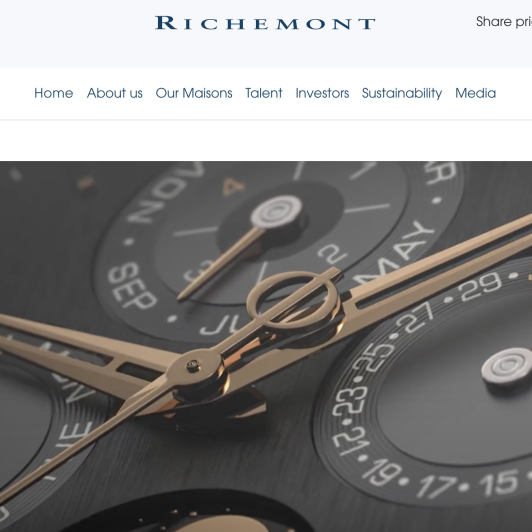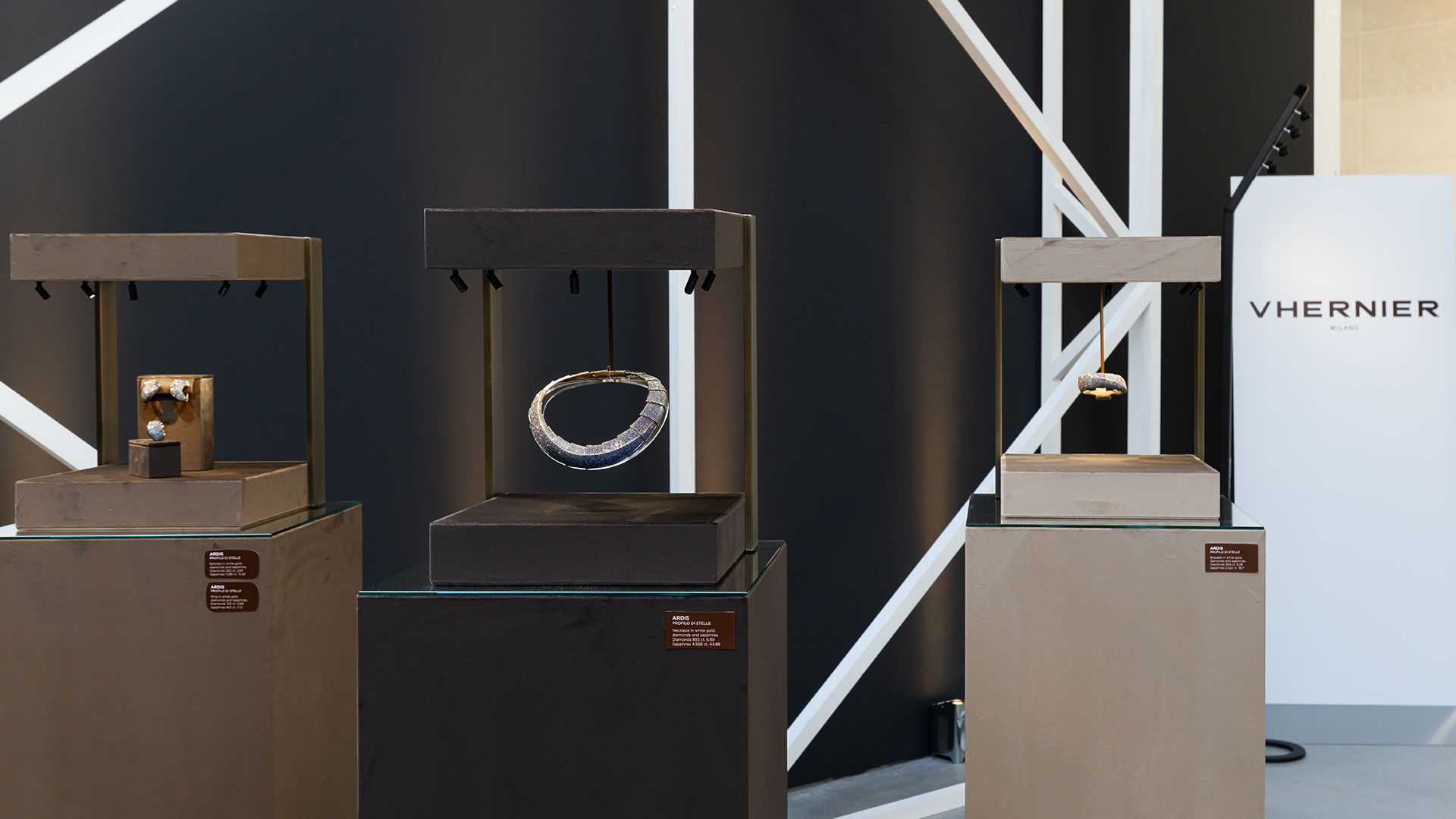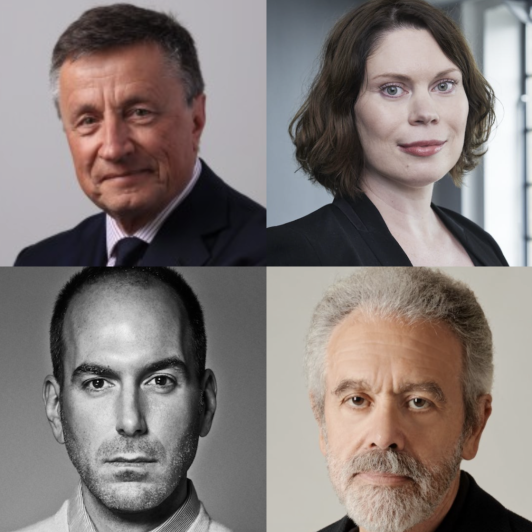On May 17, Swiss luxury giant Richemont Group announced its financial data for the fiscal year ending March 31, 2024: driven by jewelry brands, the group’s revenue increased by 3% year-on-year to €20.616 billion (8% at constant exchange rates), and operating profit reached €4.8 billion, a 13% increase at constant exchange rates.
In particular, total sales in the Chinese Mainland, Hong Kong, and Macau increased by 7% after the lifting of travel and health restrictions at the beginning of the fiscal year; driven by strong tourist demand, especially from Chinese tourists, the Japanese market showed the most significant growth.
Simultaneously, the group announced that the board has appointed Nicolas Bos, the current CEO of Van Cleef & Arpels, as the new CEO of the group, effective June 1, when he will also join the senior executive committee.
Two weeks before the financial report release, the group announced an agreement to acquire 100% of the shares of the Italian jewelry brand Vhernier, making it the group’s fourth jewelry brand and the 29th brand in its luxury portfolio.
With a series of actions, Richemont Group has become one of the most active luxury giants recently.
During the conference call following the financial report release, the group’s management attended, including Chairman of the Board Johann Rupert, CEO Jerome Lambert, CFO Burkhart Grund, CEO of Cartier Cyrille Vigneron, and CEO of Van Cleef & Arpels Nicolas Bos, who responded to the latest hot topics. (Note: Nicolas Bos had not yet assumed the CEO role at the time of the financial report release; Jerome Lambert was still the CEO.)
- Chinese Market: “The Recovery of the Chinese Market Will Take Time”
- Appointment of Nicolas Bos: “Not Because He Wanted It, But Because He Didn’t Want It”
- Acquisition of Vhernier: “Richemont’s Greatest Help to Vhernier Is in Retail”

Chinese Market: “The Recovery of the Chinese Market Will Take Time”
By region, sales in the Asia-Pacific market increased by 4% year-on-year to €8.22 billion in FY2024 (10% at constant exchange rates), contributing 40% of the group’s sales, remaining the group’s largest market. The Chinese Mainland is the group’s second-largest single market (second only to the United States), and Hong Kong and Macau have achieved strong growth due to an increase in tourists from the Chinese Mainland.
When asked if there was an overreliance on the Chinese market or Chinese consumers, Johann Rupert stated, “As I expressed in the annual financial report conference call two years ago, the factors the luxury industry relies on, the (previous) good feelings of consumers, take longer to return in China (I still hold this view now).”
“For decades, I have believed that luxury sales depend on whether consumers feel good. This is an instinct, concerning disposable income and its availability. Chinese consumers are rational, especially the smart ones, many of whom support two parents and four grandparents. So, don’t be in a hurry to think they will return quickly.”
“I have also expressed that I do not think China’s rise will stop, especially in the mid to long term.” Johann Rupert added, “Chinese consumers are smart, they study, they work hard.”
Johann Rupert further stated that, in fact, we now try not to focus on whether consumers are from China, the United States, Europe, or Africa. Today, global consumers are reading the same information daily, browsing the same social media, and I believe tastes are generally globalized, despite economic “deglobalization” due to trade barriers and trade wars.
“But if you create something that meets universal needs, it can radiate globally from one region.”
Johann Rupert stated, “For over 30 years, we have been working on building the desirability of our products, which determines the brand’s assets.”
“But there is also a danger that luxury should not be ubiquitous. Because if it is everywhere, people will think it is not luxury. So, sometimes you have to hit the brakes. I don’t think this means creating false scarcity. For example, A. Lange & Söhne had to close some waiting lists for certain products.”

Appointment of Nicolas Bos: “Not Because He Wanted It, But Because He Didn’t Want It”
Richemont Group abolished the CEO position in 2016 and appointed Jérôme Lambert, then COO, as CEO in 2018. However, according to the Financial Times, his actual responsibilities were limited compared to those of Nicolas Bos, as the CEOs of the group’s top two brands, Cartier and Van Cleef & Arpels, and the head of the financial department did not report to him. Now, with Nicolas Bos’s appointment, Jérôme Lambert will resume his role as COO.
When Johann Rupert was asked how his working relationship with Nicolas Bos would change, Johann Rupert said, “There is no change, it will still be fun and full of effort.”
“The CEO of Richemont must be someone with professional education and success in the field.” Johann Rupert revealed, “In fact, I asked Nicolas Bos to consider this job more than 18 months ago.”
At that time, Nicolas Bos refused. Nicolas Bos said, “I will definitely disappoint you because what I am doing now is too interesting, and I don’t need to worry about politics and all the troubles of the CEO role.”
Johann Rupert stated, “That is exactly why we want you. We don’t want to create an empire; we just want someone who doesn’t want this job.”
After Nicolas Bos leaves Van Cleef & Arpels, who will succeed as the brand’s CEO? Johann Rupert stated, “Nicolas Bos has basically identified a person, but the announcement will wait for the right time.”

Acquisition of Vhernier: “Richemont’s Greatest Help to Vhernier Is in Retail”
What can Richemont Group bring to Vhernier?
Johann Rupert stated that the business of the group’s jewelry brands operates autonomously. Cartier is independent, with its own organizational structure, DNA, and different customer groups. Van Cleef and Buccellati are the same.
“Each brand has its own supply chain—from design to final delivery.” Johann Rupert added, “If you start joint manufacturing, thinking about how to mix and match from the start of the design, sooner or later they will all look the same. Therefore, they will continue to operate independently in the future. Watches are the same, A. Lange & Söhne is A. Lange & Söhne, Vacheron is Vacheron, IWC is IWC, they are independent brands.”
“The group’s greatest help to Vhernier is in retail. We can provide tremendous help in retail. If we go to a large shopping mall today, it is obvious that going in the name of Richemont is very convincing. Our long-term relationship with shopping mall owners is where small brands truly benefit.”

Although operating independently, this does not mean that there are no synergies among brands in manufacturing and partnerships. Cyrille Vigneron stated, our jewelry brands have first-class manufacturing factories and studios, with many craftsmen and artisans here.
“As the attraction of the jewelry category increases, other competitors are trying to acquire them. Therefore, the more actively we strive and develop and protect the manufacturing network, the more it helps the growing new brands to create first-class products. If new brands do not rely on us, they may find it difficult to achieve many innovations and breakthroughs.”
Nicolas Bos added, I can only confirm that synergies are about mutual support among brands and supporting smaller brands. It is not about applying a certain manufacturing technology, nor having the same workshop and team working for different brands.
“But as Cyrille Vigneron said, we see more and more that this is actually mutual support and supporting the jewelry category. For example, we are jointly investing in professional schools (we do not operate them directly), which is absolutely key to ensuring we have the next generation of craftsmen, and this is how we continue to cooperate.”
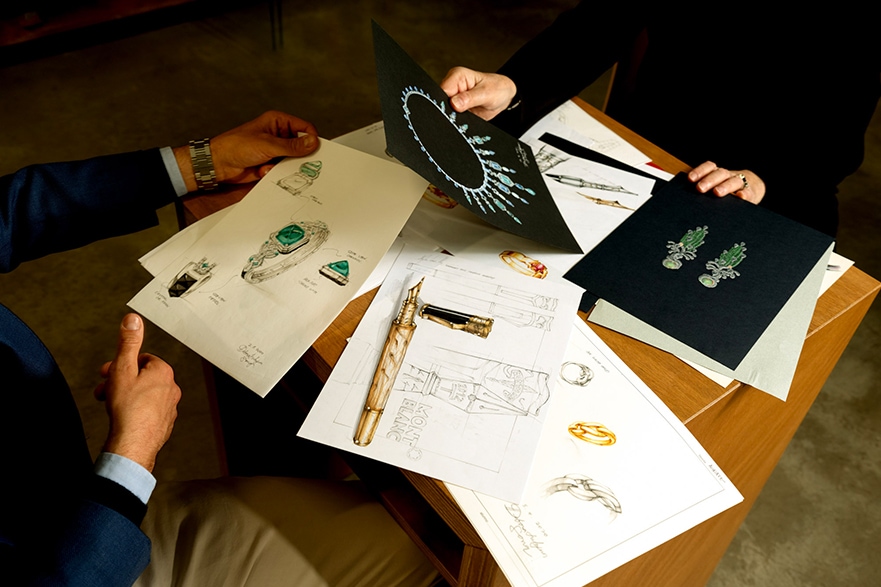
Appendix: Richemont Group’s Brands (excluding Vhernier)
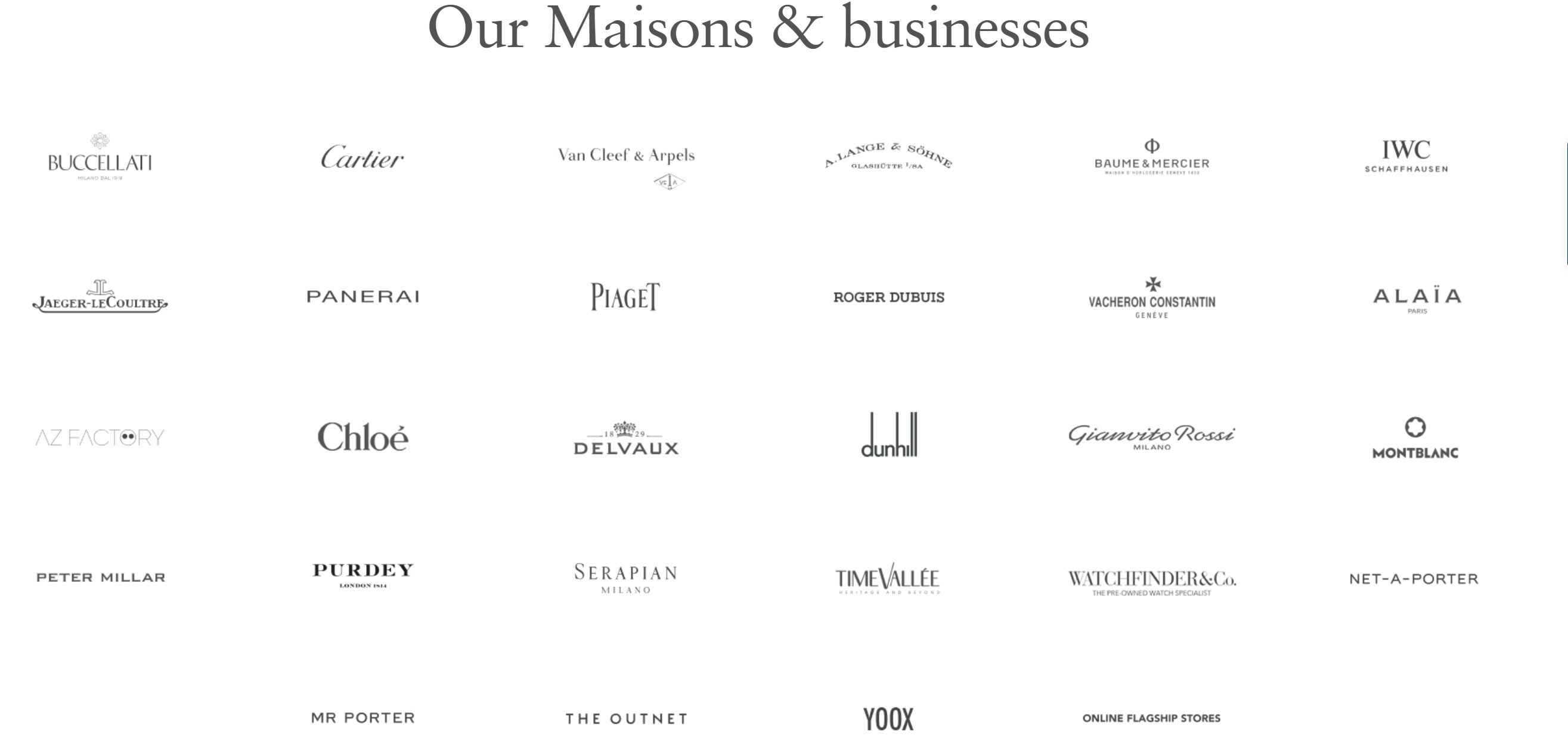
|Source: Richemont Group Conference Call
|Image Credit: Richemont Group Official Website
|Editor: LeZhi

